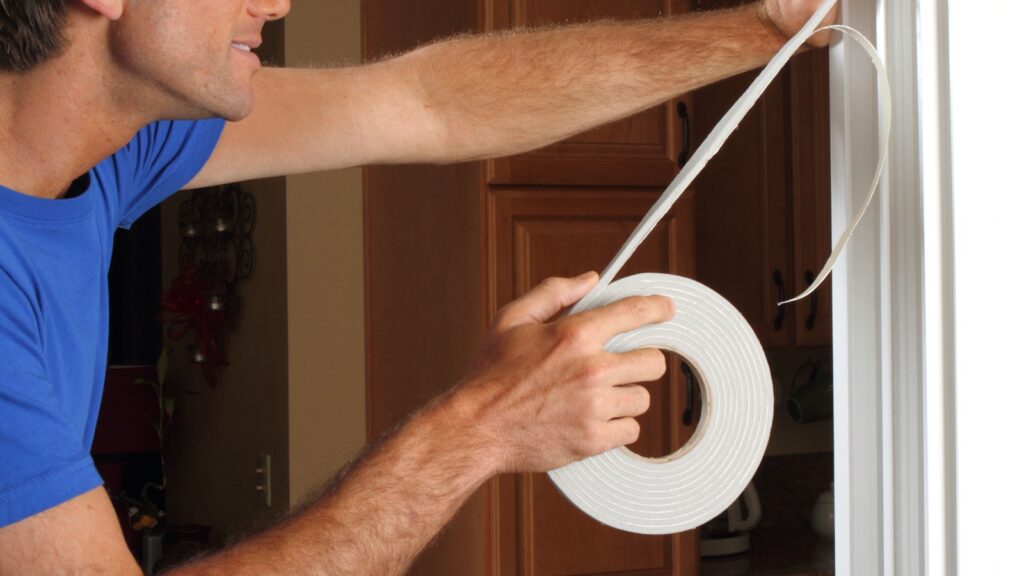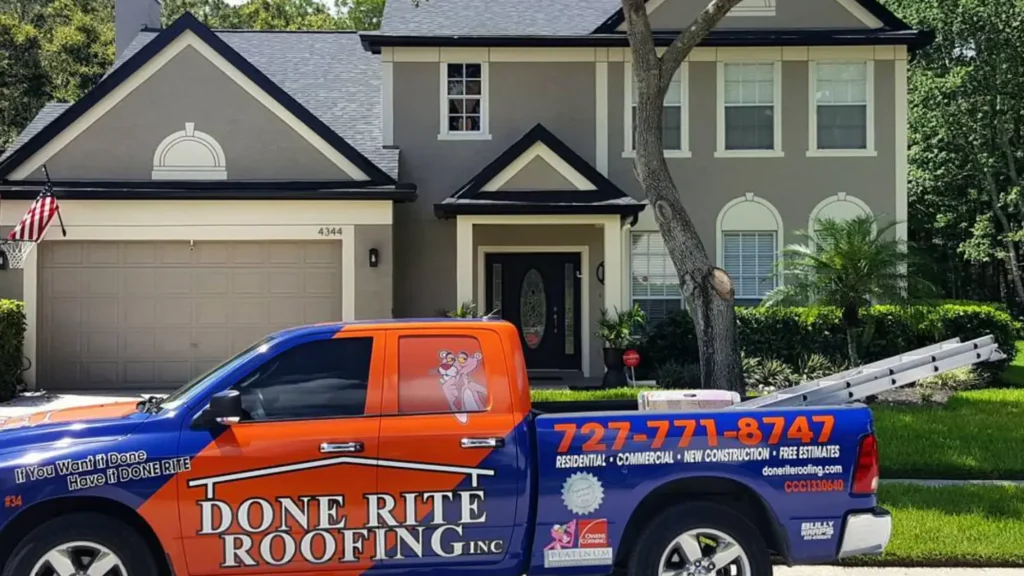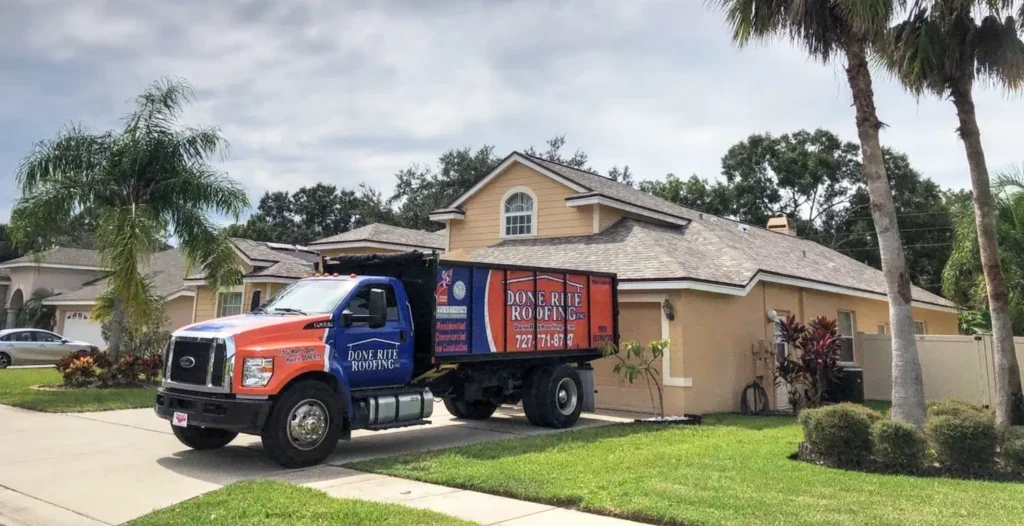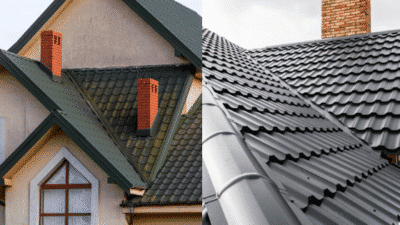
Most homeowners wait until something breaks before they pay attention to it. The faucet starts dripping, the roof starts leaking, or the furnace quits working on the coldest day of the year. By then, what could have been a simple fix turns into an expensive emergency repair that always seems to happen at the worst possible time.
Professional property managers don’t work this way. They have systems for catching problems early, figuring out which repairs matter most, and creating maintenance schedules that prevent those middle-of-the-night disasters. Learning how they approach home evaluation can save homeowners serious money and headaches.
The big difference between professional evaluation and the way most homeowners look at their houses comes down to having a plan. Professionals follow checklists, understand how different systems in a house work together, and know which small problems usually turn into big ones. They also don’t just fix whatever seems most obvious – they prioritize based on what could actually hurt you or cost you the most money.
Start with a Real Inspection System

Professional evaluations don’t involve wandering around the house looking for obvious problems. They follow a logical pattern that makes sure nothing gets missed. Starting from the top and working down prevents the common mistake of getting distracted by one problem and forgetting to check everything else.
The roof, exterior walls, windows, and foundation protect everything inside your house. Problems with these systems can cause damage throughout the property, so they get attention first. When professionals look at a roof, they’re not just checking for missing shingles. They’re looking for patterns that tell them whether the damage is from one recent storm or whether the whole system is starting to fail.
This is where having a good list of questions to ask a roofer becomes important when you need professional help. Contractors can explain what different types of damage actually mean for your roof and help you figure out what needs to be fixed right away versus what can wait.
Taking photos and notes during your inspection gives you something to compare against next time. It’s hard to remember whether that crack was there six months ago or if it just appeared, but photos don’t lie. This documentation also helps when you’re talking to contractors because you can show them exactly what you’re concerned about.
Figure Out What Actually Matters

Not all maintenance problems are created equal. A professional looks at both how likely something is to fail and how much damage that failure could cause. That small roof leak might not seem as urgent as fixing a squeaky door, but the leak could cause thousands in water damage while the door is just annoying.
Safety problems always come first, regardless of how much they cost to fix. Electrical issues, structural problems, gas leaks – these things can hurt people or cause major property damage. Everything else can wait until the dangerous stuff gets handled.
When professionals decide what to fix first, they think about the math. Spending fifty bucks on weatherstripping now might prevent hundreds or thousands in water damage later. This kind of thinking helps you spend your maintenance budget on things that actually protect your investment rather than just making the house look nicer.
Here’s something most homeowners don’t think about: problems in one part of your house can cause problems somewhere else. That clogged gutter doesn’t just make the gutter overflow – it can damage your siding, mess up your foundation drainage, and create ice dams that tear up your roof. Understanding these connections helps you prioritize repairs that prevent multiple problems.
Know the Difference Between Normal Aging and Real Problems

Everything in your house is going to wear out eventually. Paint fades, floors get scuffed, caulk shrinks. Professional evaluators know the difference between normal wear and signs that something is actually wrong.
Some changes are just part of owning a house. Minor settling cracks, paint that needs refreshing every few years, weatherstripping that needs replacing – these are normal maintenance items that don’t indicate bigger problems. But new cracks, water stains, or doors and windows that suddenly don’t work right can signal serious issues that need professional attention.
Your heating and cooling system provides a good example. Energy bills that gradually increase over several years might just mean your equipment is getting older and less efficient. But a sudden spike in your energy bill often means something has broken – ductwork has come apart, refrigerant is leaking, or a major component has failed.
Understanding seasonal changes helps too. Your house behaves differently in winter than summer, and some variations are completely normal. But learning what’s normal for your house helps you spot changes that indicate developing problems.
Create a Maintenance Schedule That Makes Sense

Different systems in your house need attention at different times and intervals. Your furnace needs a tune-up before winter, your air conditioner needs attention before summer, and your roof should be inspected after storm season but before the next one starts.
The timing matters because you want to catch problems when repair conditions are good and contractors aren’t swamped with emergency calls. Nobody wants to discover their furnace is broken on the coldest day of the year when every HVAC contractor in town is already booked solid.
Coordinating different maintenance activities saves time and money. Having the electrician check things when the HVAC guy is there for the annual tune-up makes sense because these systems work together and problems in one often affect the other.
Keeping records of what you’ve done and when helps you stay on schedule and spot patterns. If the same problem keeps coming back, there’s probably a bigger issue that needs to be addressed rather than just patching the symptom over and over.
Plan for Both Regular Maintenance and Surprises

Professional property managers budget for maintenance because they know it’s not optional. The general guideline is to set aside 1-3% of your home’s value each year for maintenance and repairs, but this varies a lot based on how old your house is and what condition it’s in.
You also need money set aside for emergencies because some things can’t wait. Roof leaks during storms, heating failures in winter, plumbing disasters – these problems demand immediate attention regardless of your budget or timing preferences.
The key to maintaining your house like a professional is treating it as an ongoing investment rather than a series of unrelated problems to solve when they get annoying enough. Houses that get systematic attention stay in better shape, cost less to operate, and are more comfortable to live in than those that only get attention when something breaks.
- 0shares
- Facebook0
- Pinterest0
- Twitter0


